A round-up of the week’s reviews
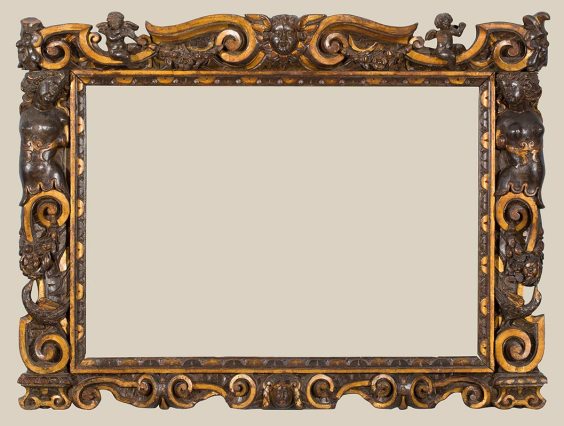
A carved and partially gilded Sansovino frame (1560–80) © photo The National Gallery, London / courtesy the owner
In the Frame: National Gallery celebrates an overlooked art form
For many of us, frames are something of an afterthought – a type of visual punctuation chiefly there to enhance the pictures within. They haven’t always played second fiddle. In the early Renaissance, patrons of multi-tiered altarpieces typically paid their carpenters more than they did their painters.
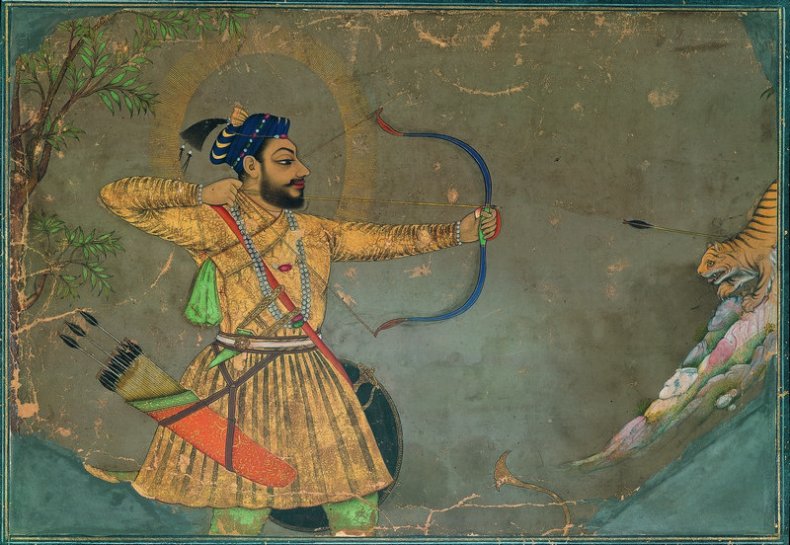
Sultan ‘Ali ‘Adil Shah II Slays a Tiger (c. 1660), Attributed to the Bombay Painter (probably Abdul Hamid Naqqash), Bijapur. The Ashmolean Museum, Oxford. Lent by Howard Hodgkin
The cosmopolitan culture of Deccan India comes to New York
The Deccan sultans – often multilingual, musicians, poets, as well as adept at diplomacy and on the battlefield – encouraged a truly international court and culture. To their own cultural pot of Hinduism with its Bhakti movement, Islam with its Sufism, folk and animistic beliefs, were added the influences of international traders who came from North India, Persia, the Ottoman Empire, Africa and Europe. From the courts to the marketplaces, each sultanate city has its own distinctive cosmopolitan culture. The exhibition makes this its central message.
How to unlock the Victoria and Albert Museum
The curated displays show a variety of design items from the museum collection, many of them new acquisitions. The provocative objects selected for ‘Ways to be Secret’ include the destroyed computer hard drives that once held whistleblower Edward Snowden’s documents, a Crypto-Phone 500, a USB ‘condom’ to prevent data being ripped out of your mobile, and a selfie-stick with a remote shutter release. Why are such things being brought into the collection?
Sonia Delaunay steps out of her husband’s shadow at Tate Modern
In 1978, shortly before she died, the artist Sonia Delaunay was asked in an interview whether she considered herself a feminist. ‘No! I despise the word!’ she replied. ‘I never thought of myself as a woman in any conscious way. I’m an artist.’ It is pretty obvious, though, that the Sonia Delaunay retrospective at Tate Modern…has been organised if not explicitly by feminists, then at least with feminism in mind. (Via Culture House)
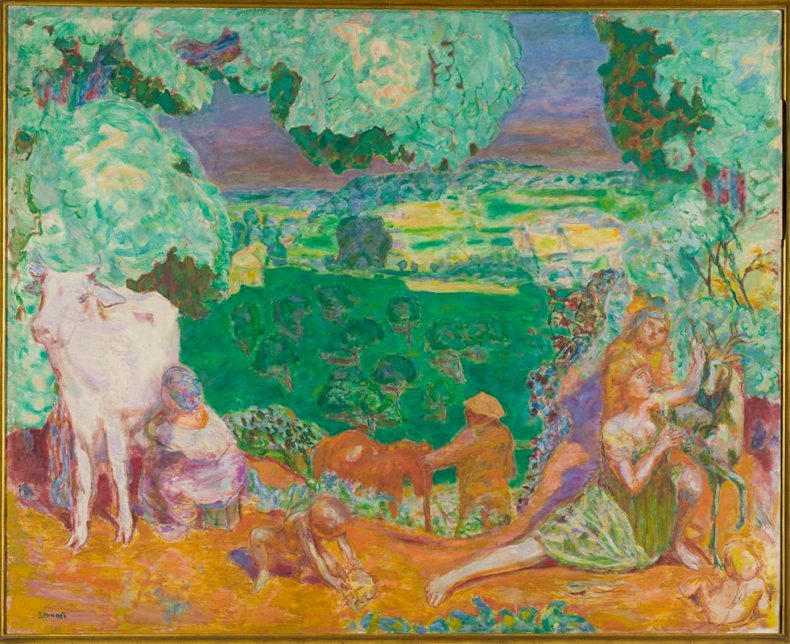
La Symphonie pastorale (1960–20), Pierre Bonnard © Musée d’Orsay, dist. RMN-Grand Palais / Patrice Schmidt © ADAGP, Paris 2015
Bonnard charms the culture minister and changes the rules at the Musée d’Orsay
His style may have shifted over time, but Bonnard’s themes remain constant: intimate scenes of domestic interiors and gardens. One section of the show explores Bonnard’s bathroom paintings – a wonderful collection of nudes, enamel, mirrors and windows in compositions that have been cropped and flattened, challenging our perception of space.
Unlimited access from just $16 every 3 months
Subscribe to get unlimited and exclusive access to the top art stories, interviews and exhibition reviews.

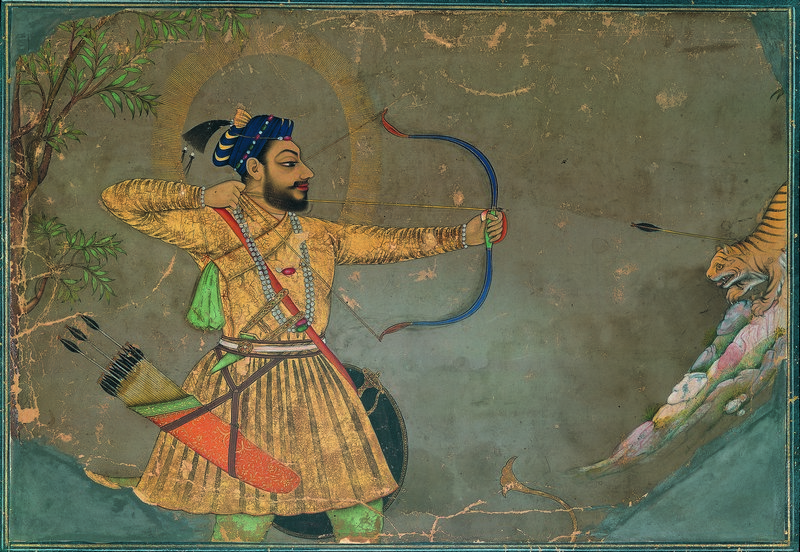
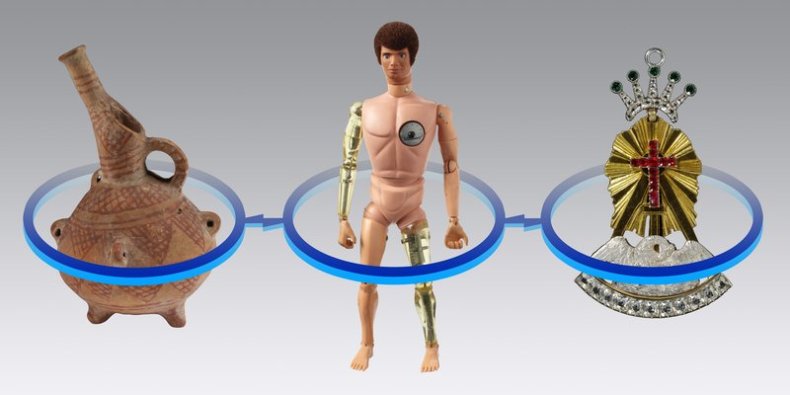
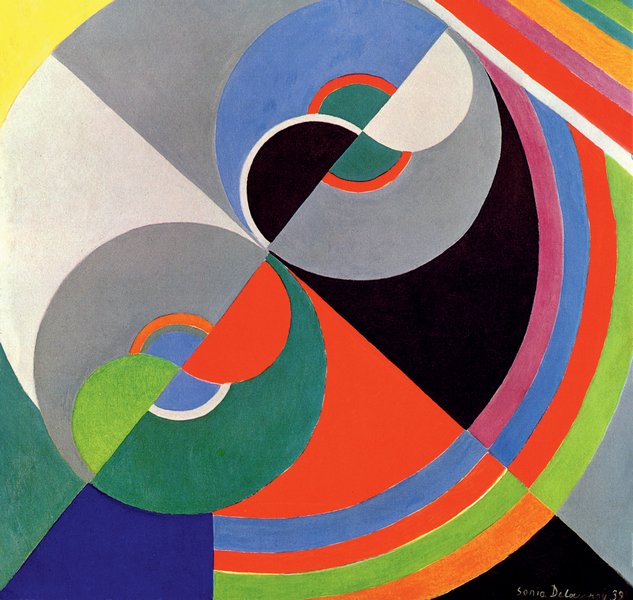

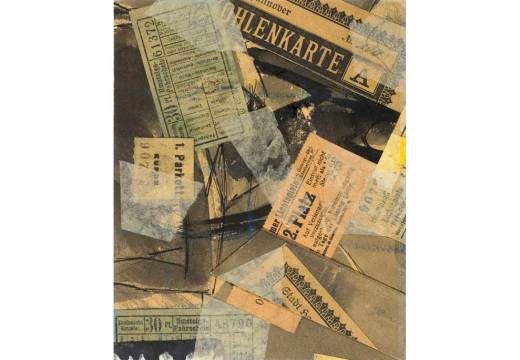










![Masterpiece [Re]discovery 2022. Photo: Ben Fisher Photography, courtesy of Masterpiece London](http://www.apollo-magazine.com/wp-content/uploads/2022/07/MPL2022_4263.jpg)
Why are fathers so absent from art history?